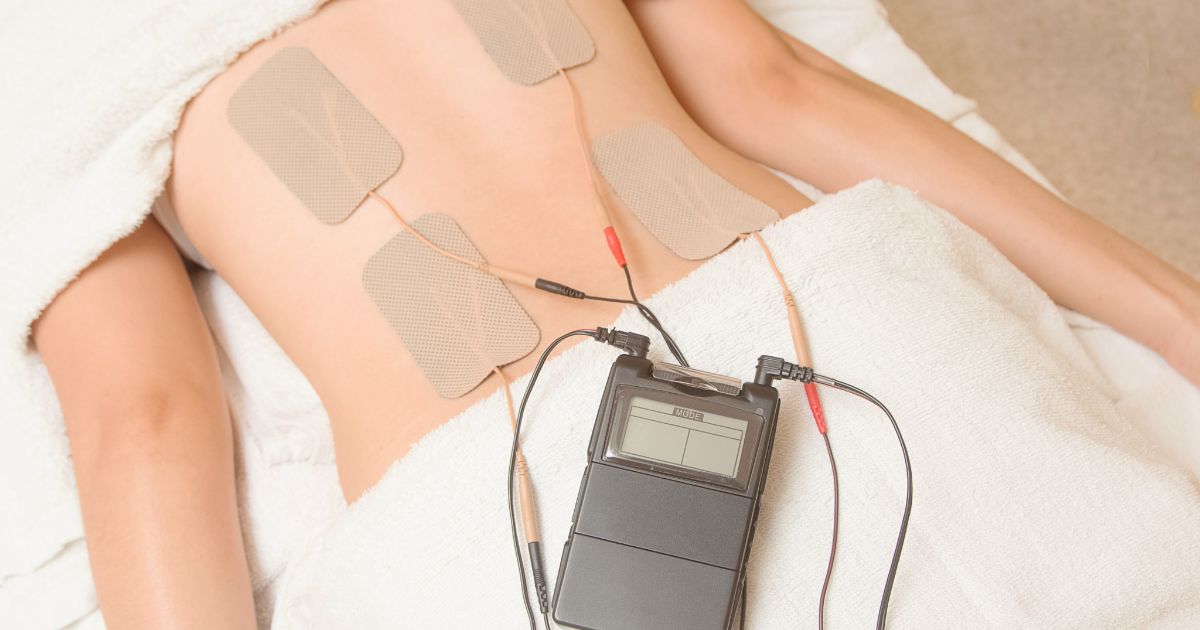Guide To Managing A Spinal Cord Injury
Electrical Stimulation Devices

Electrical stimulation devices can be used during the recovery process after a spinal cord injury. Studies have shown when combined with physical therapy, electrical stimulation devices can help patients with residual motor function to regain control over their leg muscles. Researchers have been experimenting with electrical stimulation in helping patients improve their walking ability and regain leg control. In one study, the subjects continued to show improvement in their muscle movements even after the electrical stimulation sessions ceased. Electrical stimulation is practiced by using electrodes that transmit low electrical pulses to specified muscles in the patient's arms or legs. This causes the muscles to contract, which prevents atrophy and maximizes the recovery potential. Stimulation alone doesn't cause muscle movement, but it can work as an amplifier when the patient is moving their muscles themselves. There are multiple benefits including a reduction in muscle spasms, an increase in muscle control, and reduction of muscle atrophy.
